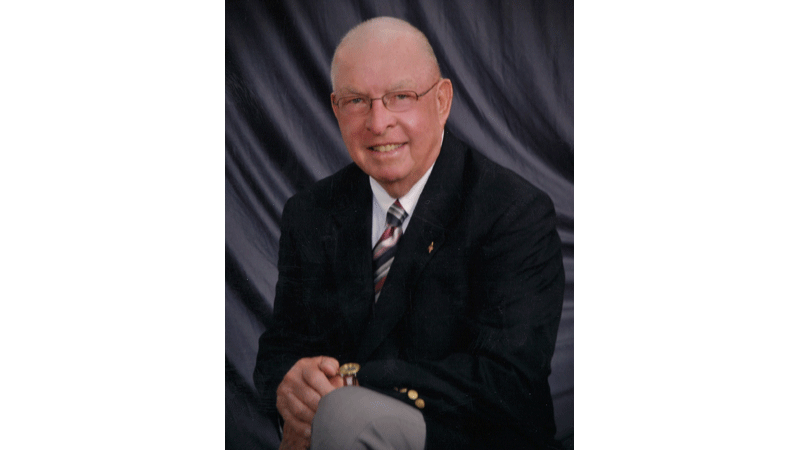Community colleges provide bright futures
Published 9:11 am Friday, June 19, 2009
American community colleges are the nation’s overlooked asset. As the United States confronts the challenges of globalization, two-year institutions are indispensable to the American future. They are the Ellis Island of American higher education, the crossroads at which K–12 education meets colleges and universities, and the institutions that give many students the tools to navigate the modern world.” — “The College Board: Winning the Skills Race and Strengthening America’s Middle Class”
Today’s column features interesting facts on community colleges, according to January 2009 statistics derived from the American Association of Community Colleges.
Community College Facts
There are 1,177 community colleges in the United States with 11.7 million students: 6.5 million credit and 5 million noncredit; 41 percent enrolled full time and 59 percent part time. Community college students represent 44 percent of all U.S. undergraduates with 39 percent first-generation college students, 40 percent first-time freshmen, 52 percent native American, 45 percent asian/pacific islander; 43 percent black, and 52 percent hispanic.
The average annual tuition and fees for public community colleges is $2,402, while the average for four-year public colleges is $6,585. Women make up 58 percent of enrollment; men, 42 percent. The age spread for students is 47 percent age 21 or younger, 40 percent ages 22-39 and 13 percent age 40 and over. Minority students total 36 percent: 16 percent hispanic, 13 percent black, and 7 percent asian/pacific islander. Native Americans are 1 percent. Adult learners (40-65) are 57 percent, compared to other schools at 43 percent. The percentage of first-generation students attending college is 39 percent, while single parents are 17 percent and non-U.S. students are 8 percent.
The percentage of full-time students employed full-time is 27 percent, and 50 percent are employed part-time. The percentage of part-time students employed full-time is 50 percent, while 33 percent are employed part-time. The percentage of community college students receiving financial aid is 47 percent (23 percent federal grants, 11 percent federal loans and 12 percent state aid).
Degrees and Certificates
A total of 612,915 associate degrees are awarded annually. They include the Associate of Arts degree intended for students who pursue a four-year degree in fields such as humanities and the arts, social sciences, and education; the Associate of Science degree intended for students who wish to pursue a four-year degree in fields such as atmospheric sciences, computer science, engineering, chemistry or physics; and the Associate of Applied Science degree that provides preparation for employment in an occupational specialty, such as electronics technology, automotive technology or dental hygiene. A total of 328,268 Certificates (in areas such as culinary arts, alternative fuel technology, automotive technology, or dental hygiene) are also awarded annually. Nearly half of all baccalaureate degree recipients in the U.S. first attended a community college.
Workforce Training
A percentage of 95 percent of businesses and organizations that employ community college graduates recommend community colleges workforce education and training programs. Among the occupations with the largest job growth are registered nurses, computer support specialists, paralegals and legal assistants, dental hygienists and legal secretaries. Among the fastest growing occupations are veterinary technologists and technicians, physical therapist assistants, dental hygienists, environmental science and protection technicians, and cardiovascular technologists and technicians. Community colleges help prepare people in both categories.
Community Colleges at the Forefront
Health care: The U.S. Bureau of labor statistics projects that by 2016 more than 1 million new and replacement nurses will be needed, making nursing the nation’s top profession in terms of projected job growth. Currently, 59 percent of new nurses and the majority of other new healthcare workers are educated at community colleges.
Homeland Security
Almost 80 percent of firefighters, law enforcement officers and EMTs are credentialed at community colleges.
Teacher Education
Between 2006 and 2016, the U.S. will need 479,000 more elementary and secondary school teachers in public schools. Almost half of all teachers receive at least part of their education at community colleges.
Online Education
Students at 41 percent of public community colleges can earn a degree entirely online, and 92 percent of all institutions offer at least one Internet-based course.





